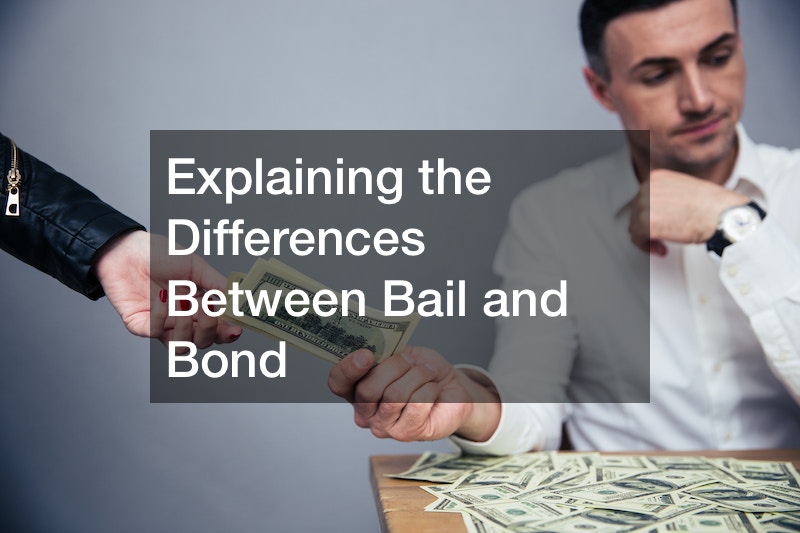Bail and bond are two critical components of the criminal justice system, serving distinct yet interconnected roles in the process of ensuring a defendant’s appearance in court. While they share the goal of securing a defendant’s presence at trial, they differ in their mechanisms and application. In this YouTube video, you will get an overview of the differences between these two and why they are both important.
Emergency bail, as described in this video, is essentially a financial security set by the court, allowing a defendant to be released from custody while their case is pending. The amount is determined by the judge and serves as a guarantee that the accused will appear in court as required.
If the defendant complies, the bail is refunded. However, if they fail to appear, they forfeit the bail, which often leads to a warrant for their arrest.
Bonds, on the other hand, are typically provided by bail bondsmen, who are third-party individuals or agencies that post the full bail amount on behalf of the defendant for a fee that is a pre-determined amount of the total bail. Bonds allow defendants who cannot afford the full bail amount to secure their release, making it an essential service for those without significant financial resources. As highlighted in the video, both services are important for these legal cases. Working with experts in the field will make bail and bond services easier to understand.
.






